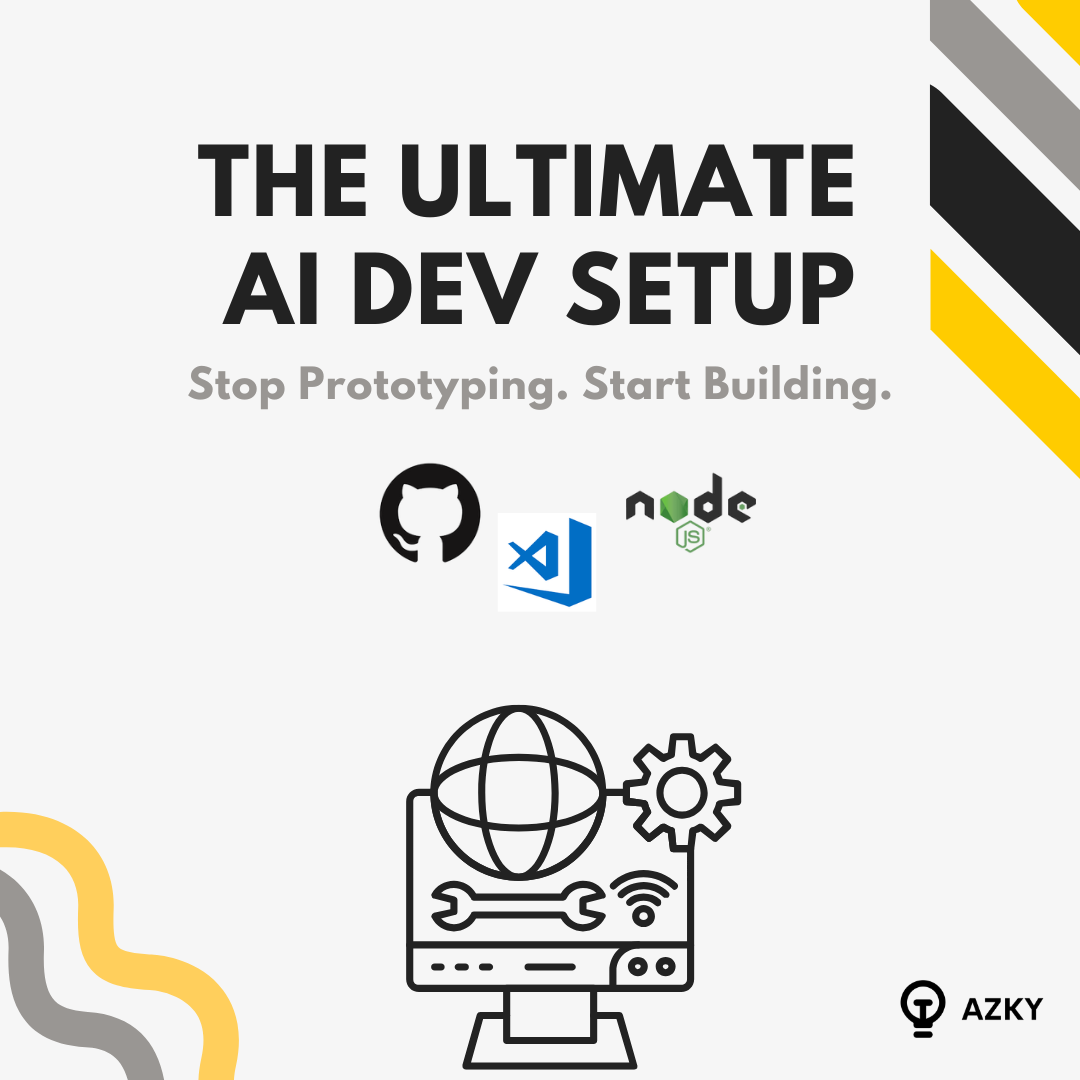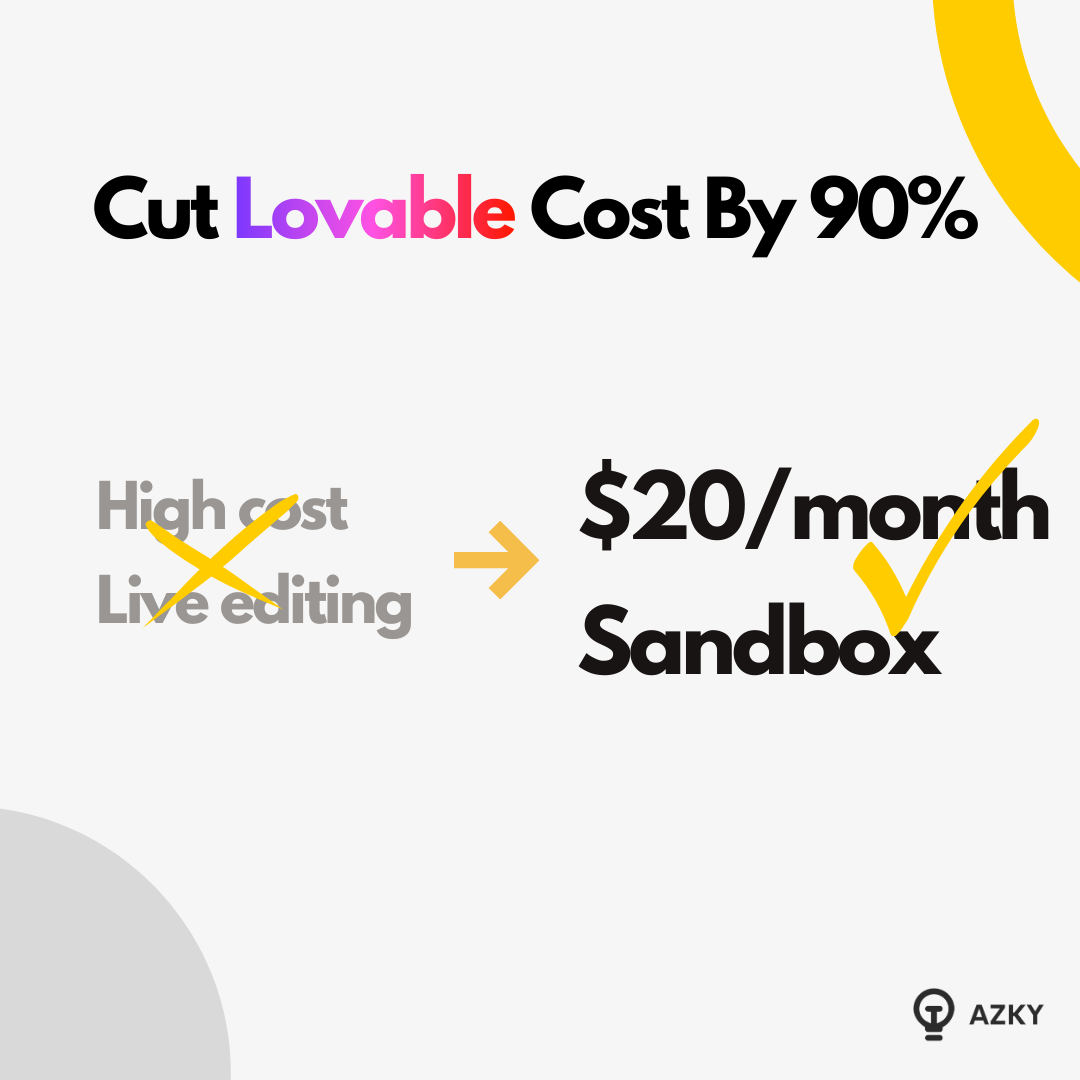Bubble.io's New Pricing (2023) Demystified

Goodbye Capacity, Hello Workload!
On 5th April 2023, Bubble has introduced a new pricing model that improves app performance and flexibility.
So here we cover the old model and the new model and compare the pros and cos of the old way and the new way.
One thing to note: There is no need to panic. There is a very 18-month grace window where you can stick to the old pricing plan and you can ignore everything happening however the new model does improve the app performance and flexibility so there could be advantages as well.
To better understand the change, I am going to use an analogy here. We are going to use water to represent Bubble resources, anything the app does, API call database operation, workflow anything… water is utilized.

In the previous capacity model, we had an unlimited water supply but your app was connected using a thin pipe depending on which plan you were on. If you were on a personal plan, you get a thin pipe, if you need more water immediately for a traffic spike or you’ve got more users simultaneously, you had to upgrade to a bigger capacity plan or purchase more units of capacity however this model has it’s limitations over time you have unlimited water for the whole month, but if you had a thousand users come to your platform the pipe would limit total resources allocated to your app. So you get familiar oh.. Timed out, operation timed out, Bubble is slow or something.
However, in the new model, you don’t get an unlimited supply of water you get a bucket of water based on your plan.
Use those resources previously over the course of a month however, there is no throttling on speed all apps are connected with a bit fat pipe. You can burn through the bucket immediately or optimize your app and use water slowly over time. You can purchase additional buckets at a discount.
There are overage charges as well, which you can switch of if the cost is a hard limit better in a sense that you are not wasteful of bubble resources during your apps use. Apps used are linked with bubble use and speed part that is the big thing, no throttling.
So I am really looking forward to seeing how that's going to impact.

Some pros and cons
The old capacity model was a bit simpler straightforward metrics, had predictable costs however there was throttled performance, especially on the personal plan which gave the feeling that bubble apps were slow. There was definitely inefficiency and lots of water wasted or resources wasted. Scalability could be challenging you could get a traffic spike the app would be throttled and users would be timed out or facing slow speeds.
In contrast, workload-based model should result in improved app performance. I am going to run some tests when I can to double check so do subscribe to this channel to stay tuned to updates. The pricing seems fairer in the sense the cost is linked to the amount of the work bubble app does.
Previously it was like unlimited water you could use with no hesitation. However, now it’s like whatever we do it’s one-to-one linked. Should be a bit easier to scale if a thousand of users arrive on the app they should feel the same user experience without throttling. It will have a bit of a cost though.
There are lots of flexibilities and buckets which can be purchased to augment the base capacity. This model definitely encourages developers like us. We build apps for clients around the world to optimize their apps. Which should result in lower cost but also faster performance which benefits end users again on the downside, there is definitely a potential for increased cost the model can be a bit complicated to understand and predict pricing we definitely need more monitoring and optimization.
We are going to run some experiments to find out more. A traffic spike can result in a large bill as well, so there is a bit of an uncertainty in estimating the workload. Overall while the capacity-based pricing model offered some simplicity and predictable costs, it had some drawbacks in terms of performance especially, scalability resource utilization wasted.
The new workload pricing addresses many of these issues but introduces some complexity around monitoring and making sure the app is optimized making sure there is no unexpected bill happening here.
We have taken look at the logs for our client projects some are 10-15 million + workload unit range so we are going to dig deeper to see how to optimize apps for workload unit use. We will share whatever we find on our YouTube channel so do subscribe follow on Twitter and LinkedIn.If you have questions or need extra pair of hands to look at optimizing you app in whatever way feel free to reach out using contact form below.
Have a question? Get in touch below
Have a product idea?
We have probably built something similar before, let us help you


.png)

